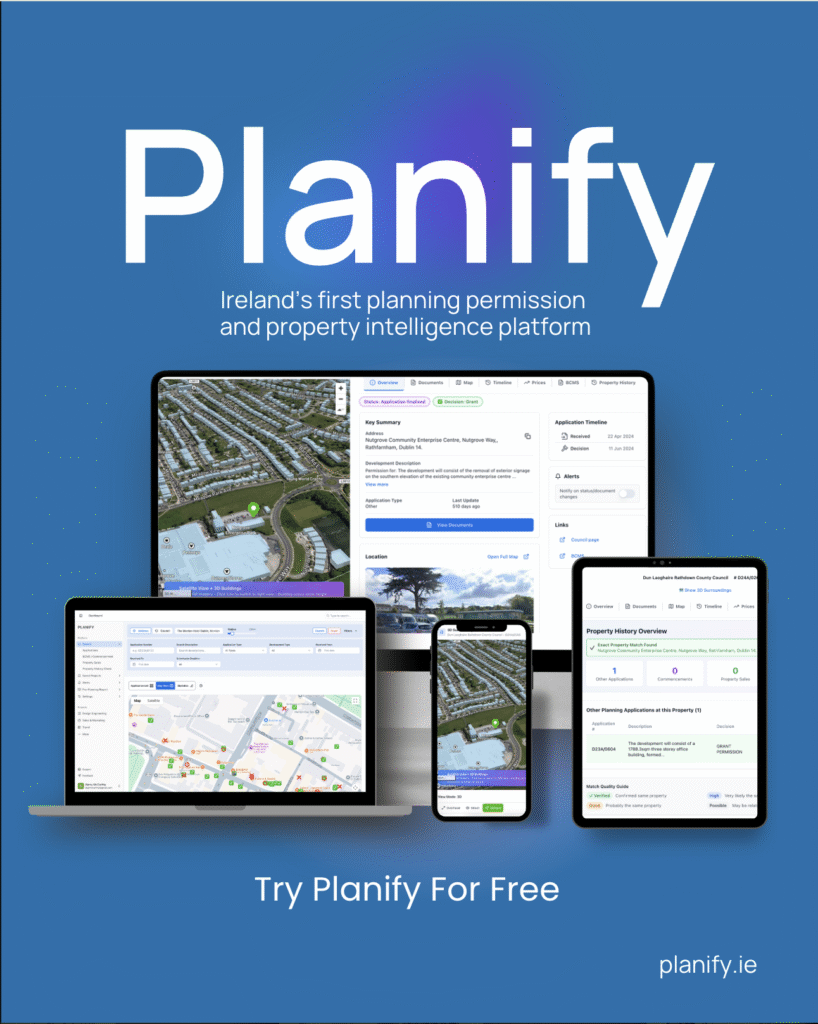Economic Impact Analysis

Contents
Introduction to EIA
An Economic Impact Assessment (EIA) for a commercial development is a comprehensive analysis designed to quantify the economic benefits that such a development would bring to a local area or wider region. This assessment is crucial for stakeholders, including developers, investors, local authorities, and the community, as it provides a detailed insight into the potential economic advantages and disadvantages of the proposed development. The EIA covers various aspects, including job creation, business growth opportunities, revenue generation, and more. Here, we delve into these components in detail.
Job Creation
One of the most immediate and tangible benefits of a commercial development is job creation. An EIA evaluates both direct and indirect employment opportunities that the development is expected to generate. Direct jobs are those created within the development itself, for instance, retail staff in a new shopping centre, while indirect jobs arise in the wider economy as a result of the development, such as suppliers and maintenance services. The assessment will estimate the number of jobs, the types of roles, and the skill levels required, providing a comprehensive overview of employment benefits.
Business Growth Opportunities
Commercial developments often stimulate local business growth by increasing demand for local services and attracting new businesses to the area. An EIA will explore how the development could enhance local business ecosystems, potentially leading to an increase in entrepreneurship, the establishment of new enterprises, and the expansion of existing businesses. This section of the assessment examines the types of businesses that could benefit and identifies opportunities for local suppliers, service providers, and retailers.
Revenue Generation
Commercial developments contribute to local and regional economies through various forms of revenue generation. This includes direct revenue from business rates and taxes, as well as indirect revenue through increased economic activity in the area. An EIA assesses the potential increase in tax revenues for local authorities, which can be reinvested in public services and infrastructure, enhancing the quality of life for residents and creating a more attractive environment for further investment.
Economic Multiplier Effect
The economic multiplier effect is a key component of an EIA, illustrating how an initial injection of investment in a commercial development can lead to a larger increase in economic activity across the area. This effect occurs as the initial expenditure circulates through the economy, with employees spending their wages, businesses purchasing goods and services, and so on. The assessment will estimate the magnitude of these multiplier effects, providing insight into the broader economic benefits of the development.
Consideration of Negative Impacts
While the focus of an EIA is often on the positive economic impacts, it is also important to consider potential negative effects. These might include the displacement of existing businesses, increased competition that could harm small local enterprises, and the potential for environmental damage. A comprehensive EIA will weigh these negative impacts against the positive outcomes, offering a balanced view of the development’s overall economic impact.
Conclusion
An Economic Impact Assessment for a commercial development offers a detailed analysis of the potential economic benefits and drawbacks of a proposed project. By examining job creation, business growth opportunities, revenue generation, economic multiplier effects, and potential negative impacts, an EIA provides valuable insights for decision-makers. This analysis helps ensure that commercial developments contribute positively to local economies, supporting sustainable growth and community well-being.
Methodologies Used in Conducting an Economic Impact Assessment
An Economic Impact Assessment for a commercial development offers a detailed analysis of the potential economic benefits and drawbacks of a proposed project. By examining job creation, business growth opportunities, revenue generation, economic multiplier effects, and potential negative impacts, an EIA provides valuable insights for decision-makers. This analysis helps ensure that commercial developments contribute positively to local economies, supporting sustainable growth and community well-being.
Input-Output Analysis
Input-output analysis is a quantitative method used to study the interdependencies between different sectors of an economy. It examines how the output from one industry (input) affects the output of another. In the context of an EIA, this analysis helps in understanding how spending related to the commercial development will circulate through the local economy, generating additional economic activity.
Cost-Benefit Analysis
Cost-benefit analysis is a technique used to compare the total costs of a project against its benefits, to determine its feasibility or the total economic value it will add. This analysis considers both direct and indirect costs and benefits, including those that are not easily quantifiable, such as environmental and social impacts. It helps stakeholders understand the net economic impact of the commercial development.
Multiplier Analysis
Multiplier analysis estimates the ripple effects of an investment within the local economy. It calculates the economic multiplier, which reflects the number of times money spent by the development will circulate through the economy. This analysis is crucial for understanding the broader economic impacts, including indirect and induced effects on employment, income, and GDP.
Comparative Analysis
Comparative analysis involves comparing the proposed development with similar projects or scenarios. This can provide insights into the potential economic impacts based on empirical data from comparable developments. It helps in setting realistic expectations and benchmarks for the economic benefits of the project.
Social Network Analysis
Though less common, social network analysis can be used to understand the social structures and networks that might influence the economic outcomes of commercial development. It examines the relationships between individuals, groups, and organisations and how these relationships can affect economic activity and business growth opportunities.
Maximising the Positive Economic Impacts of Commercial Developments
Communities can play a significant role in maximising the positive economic impacts of commercial developments. Here are some strategies to achieve this:
Fostering Partnerships
Building partnerships between the development, local businesses, and community organisations can create synergies that maximise economic benefits. For example, developments can source locally, providing growth opportunities for local suppliers.
Encouraging Local Employment
Encouraging developers to hire locally not only generates direct employment but also contributes to skill development within the community. This can be facilitated through job fairs, training programs, and partnerships with local educational institutions.
Leveraging the Development for Tourism and Marketing
Communities can leverage new commercial developments as a means to attract tourists and new businesses. Effective marketing strategies can highlight the area’s growth and development, attracting further investment and economic activity.
Implementing Sustainable Practices
Sustainable developments attract more investment and are more likely to receive public support. Encouraging green building practices and sustainable operations can enhance the long-term economic benefits of the development.
By employing these methodologies and strategies, stakeholders can ensure that commercial developments seeking planning permission not only contribute positively to the local economy but also align with broader community goals and sustainable development principles.




